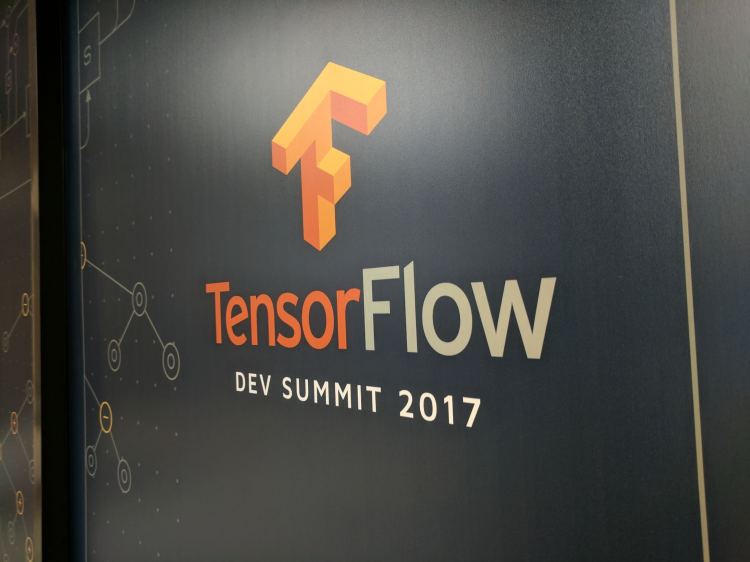testsetset
At Google’s inaugural TensorFlow Dev Summit in Mountain View, California, today, Google announced the release of version 1.0 of its TensorFlow open source framework for deep learning, a trendy type of artificial intelligence. Google says the release is now production-ready by way of its application programing interface (API).
But there are also new tools that will be part of the framework, which includes artificial neural networks that can be trained on data and can then make inferences about new data. Now there are more traditional machine learning tools, including K-means and support vector machines (SVMs), TensorFlow’s engineering director, Rajat Monga, said at the conference.
And there’s an integration with the Python-based Keras library, which was originally meant to ease the use of the Theano deep learning framework. And there are now “canned estimators,” or models, Monga said, including simple neural networks to start using quickly.
Time for an update: what does the deep learning library landscape look like, seen from GitHub? pic.twitter.com/QDZyvLrYBd
— François Chollet (@fchollet) February 11, 2017
June 5th: The AI Audit in NYC
Join us next week in NYC to engage with top executive leaders, delving into strategies for auditing AI models to ensure fairness, optimal performance, and ethical compliance across diverse organizations. Secure your attendance for this exclusive invite-only event.
Plus, soon Google will open-source code that will multiply the speed of TensorFlow — specifically version three of Google’s Inception neural network model — by 58. And TensorFlow is getting support for the Hexagon digital signal processor (DS) that comes on Qualcomm’s Snapdradon 820 mobile chip and its Dragonboard 820c board. And there’s now a experimental TensorFlow compiler (XLA) to just-in-time (JIT) compile a graph down to assembly language that fits the underlying computing infrastructure.
And there’s an experimental Java API as well, according to the version 1.0 release notes. And a debugger, too.
Google first introduced TensorFlow in 2015, and the broader community has gradually added features including distributed training, support for the Hadoop Distributed File System (HDFS), and the good-humored Parsey McParseFace language parser.
Google offers the Cloud Machine Learning service that makes it possible to run TensorFlow on Google’s cloud infrastructure.
By the end of March, Google will not only release new benchmarks to show how TensorFlow stacks up compared with other deep learning frameworks, but will also release the models it’s using to perform the benchmarks, engineering director Megan Kacholia said.
A blog post has more on the news.


